Important Things To Check When You Take Charge Of A New Boat
Introduction
When you have your own boat, after a while you become so familiar with its layout, behaviour, strengths & weaknesses – you know it like the back of your hand, so when things happen (planned or un-planned) you hopefully know what to do, where things are, and what to do to stay out or get out of trouble. But what about when you have just bought a new boat, or chartered a boat for the first time? This is when things are not so familiar, so there are a few essentials to check and become familiar with before you set-off.
Life Jackets
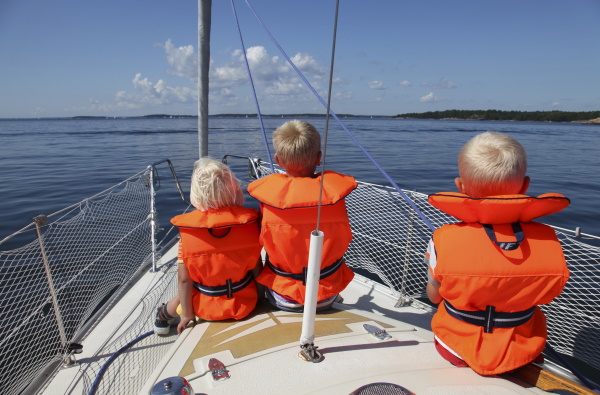
Some would say these are the most important thing first. Make sure you have the right size life jacket for every person on-board, and how to put them on properly. If you don’t have enough or the right size life jackets, you should not be setting out to sea. It also helps greatly for your safety if you put them on,rather than leaving them in the locker.
Anchor / Mooring Lines / Fenders
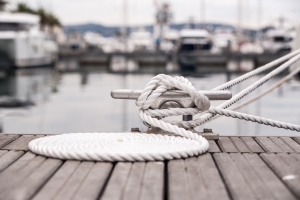 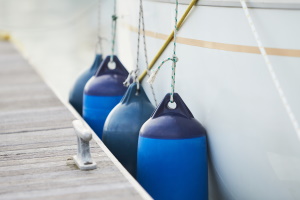 |
Your boat will most likely have a main anchor and a secondary anchor to act as a spare anchor or kedge anchor. Make sure you know where they are, and any guidelines for using them, such as the amount of line to let out, and if present how the windlass is operated. One thing to mention of you have an electrically operated windlass, it is good practice to make sure the boat engine is on before using the windlass, to make sure the batteries are being kept well-charged, as windlasses can use quite a lot of electrical power. Fenders and mooring lines should be accessible and organised, making sure you know what’s what and particularly getting organised (with the help of your crew) before coming in to moor up will make all the difference between a smoothly done mooring, or making as hash of it (usually making good entertainment for all the other boats around), but maybe leading to damage and cost.
Charts / Chart Plotter
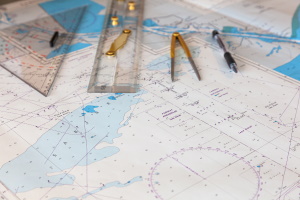 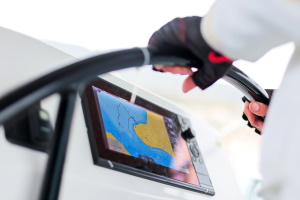 |
This is quite a big subject, but important to know where they are / how they work / how to use them. They are essential as any experienced sailor will know. If you don’t know your way around the charts or chart plotter, then you should not be taking responsibility for a boat at sea. These really are one of the essential aspects of knowing what you are doing / where you are going, and being safe for your crew, your boat and yourself.
Electrical Master Switch
Most, if not all, boats have one or more electrical master switches, to turn on and off the main cabin electrical system and/or engine electrical system. Make sure you know where they are and become familiar with their operation.
Fuel & Water: Tanks and Levels
Both of these are important to your safety and comfort onboard. Make sure you know how to measure the levels, whether that is with an electronic gauge, or even a dip-stick. Also make sure you know where the keys for the caps are, and the likely period of when they will need topping up again (dependent of use of course) and keep a good eye on the levels day by day so that you can stay on the safe side.
Depth Sounder
Most boats these days have depth sounder. These are so useful, it is well worth getting familiar with them for many reasons. Make sure to find out if the depth indicated is from the lowest point on the boat (eg underneath the keel) or not (sometimes this is not the case) and you need to take a bit off the reading. Depth sounders are especially useful when coming into a channel, coming in to moor up or anchor, but also it is good to be in the habit of you and you crew keeping an eye on the depth to give an early warning of something unexpected.
Seacocks
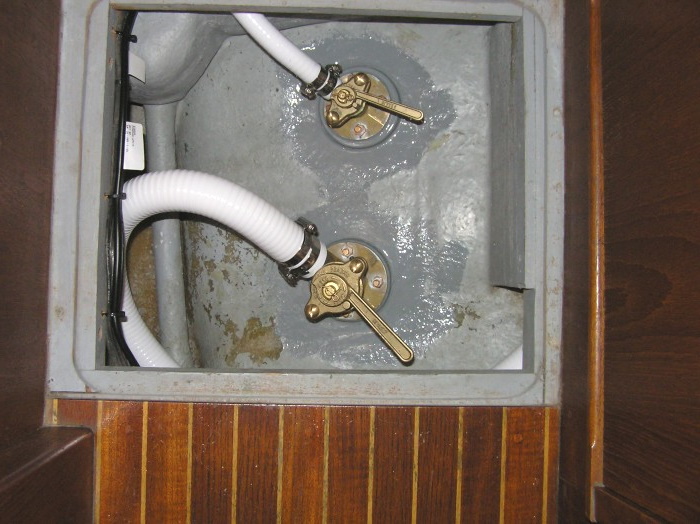
Seacocks are the shut-off points for anywhere sea-water inters or leaves the boat, for things such as engine cooling, sink drainage, toilet flushing. It is routine when leaving that boat for a length of time to make sure all of these are turned off (shut) for safety, and of course opened when you come back to the boat. Make sure you know where they all are, and get familiar with their operation.
Summing Up
These days there are many ways of getting out to sea, in a boat and location of your choice. It can take a great deal of time to sail or cruise your own boat to a particular location that you are keen to explore, so why not consider taking advantage of one of the many boat charter schemes that are on offer.
Search from a wide range of boat charter options here
If you found this guide useful or interesting you might like to sign up to our newsletter, so that we can let you know when our next guide has been published.



